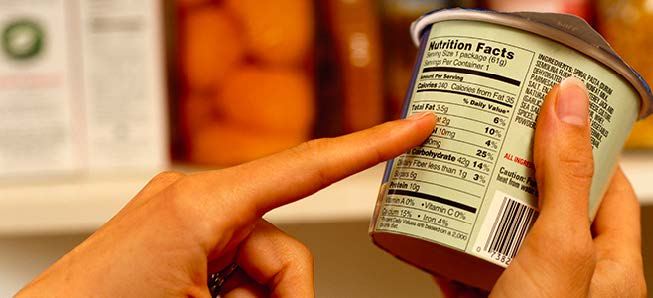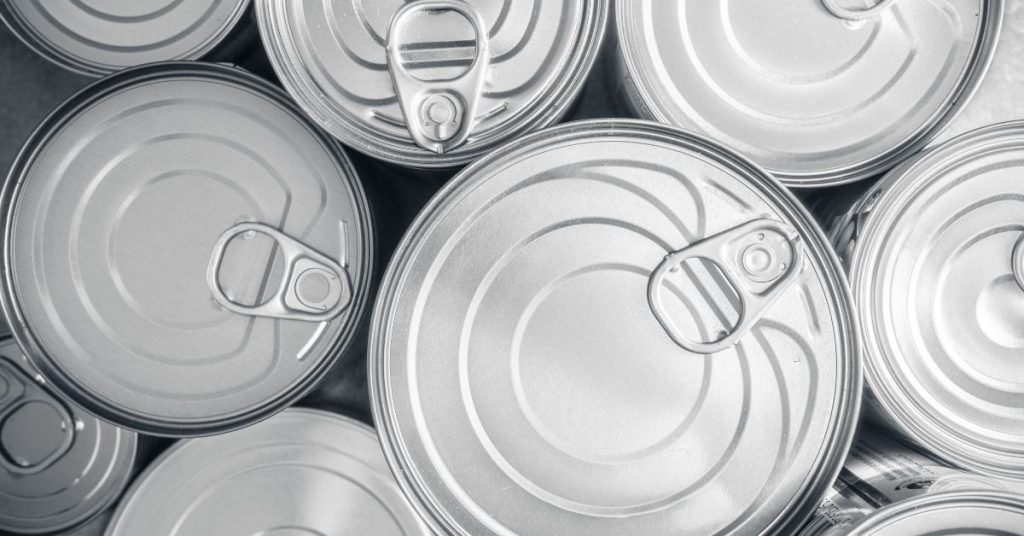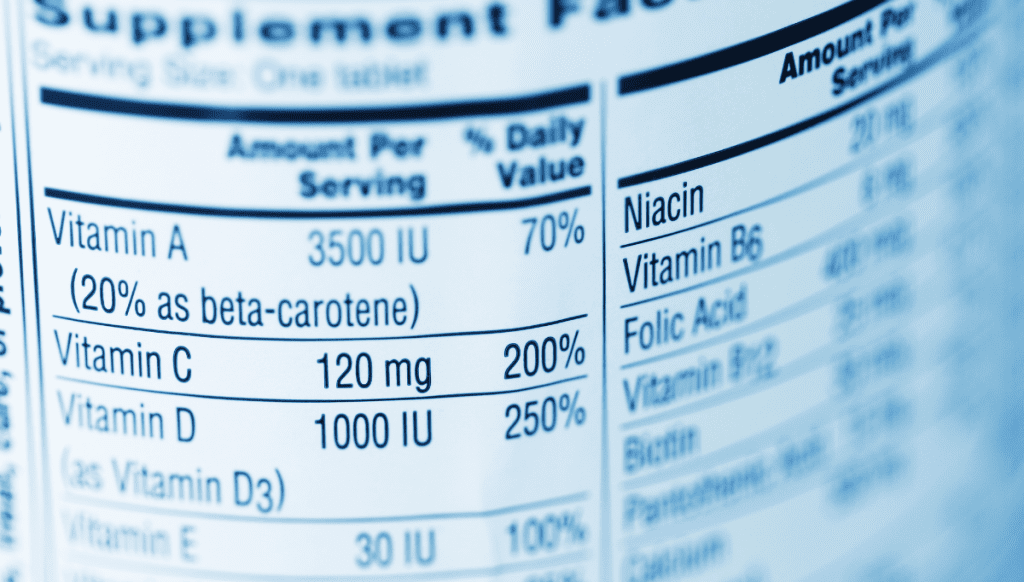Product Labelling
Food Additives Legislation & Labelling Advice
When it comes to labelling food products, it’s imperative for manufacturers and retailers to be aware of the legislation surrounding the use of food additives. Food additives play an important role in ensuring the safety, nutritional value and overall quality of the food we consume every day. This guide explores the complex world of food…
Read MorePEAL Food Allergen Labelling Australia: A Complete Guide to the New Legal Requirements
What is PEAL Labelling? All foods sold in Australia and New Zealand must comply with the Australia New Zealand Food Standards Code (ANZFSC), which includes all requirements for allergen declarations. On 25th February 2021, changes were introduced into law via the ‘Plain English Allergen Labelling’ – ‘PEAL’ – amends to ANZFSC. The requirements can be…
Read MoreA Guide to Nutrition and Health Claims on Food Labels
Health and nutrition claims are a fundamental tool that brands can use to showcase the benefits their products may offer. However, using claims in compliance with legal requirements is no easy task, and can be challenging to get right – even for the most practised of regulatory professionals. The use of claims must adhere to…
Read MoreAllergen Labelling: A Guide For Food Businesses
Food allergen labelling is an important aspect of UK food labelling regulations. Carrying significant implications for both consumer safety and business integrity, allergen labelling regulations require thorough understanding and strict compliance. This guide aims to help businesses understand the key requirements of food allergen labelling and provides advice on how to comply with these rules.…
Read MoreAlcohol Alcohol Labelling Requirements UK Explained
Clear and accurate labelling is a crucial aspect of the food and beverage industry, ensuring consumers have access to essential information about the products they are purchasing. This is particularly true when it comes to alcohol, where the potential for misuse or misunderstanding can have significant health consequences. With this in mind, the UK has…
Read MoreWhat Information Has to be on a Food Label by Law?
Consumers rely on food labels to provide them with vital information about products that they intend to buy or have already purchased. This information, required by law, keeps people safe and helps them to make informed decisions about whether to buy and consume a food product or not. Food Business Operators (FBO’s) and retailers are…
Read MoreNutrition Labelling: What is it & Why is it Important?
When it comes to a food label, the ultimate rule is ‘what you see is what you get’. So, when consumers want to know what’s in the food they are buying, nutrition labelling is one of the crucial elements providing them with valuable information about the nutritional content of their food. Nutrition labelling details the…
Read MoreFood Labelling Regulations UK: A Complete Guide
Food labelling serves a crucial role in safeguarding the health of consumers by providing important information about the products they buy. To enable brands to protect consumers, there are strict food regulations in the UK that govern what and how this information is presented on a label to ensure clarity, accuracy and honesty. While the…
Read MoreMulti-Lingual Labels in the EU
Are you looking for growth in international markets? It might seem obvious, but food and drink labels need to be changed when you launch in new markets, and a simple Google translation just won’t cut it. Everything from ingredients and nutritional information to health claims and design can require changes to meet the regulations in…
Read MoreCompliance and New Product Development (NPD): Starting Compliance Early
New product development is an incredibly exciting experience. But can you imagine scaling up, getting your labels designed, and pitching to a buyer, only to be told your product isnt compliant so can’t be listed? Or worse, seeing it delisted due to enforcement action? You don’t want to have gone through all the rigorous product…
Read More









